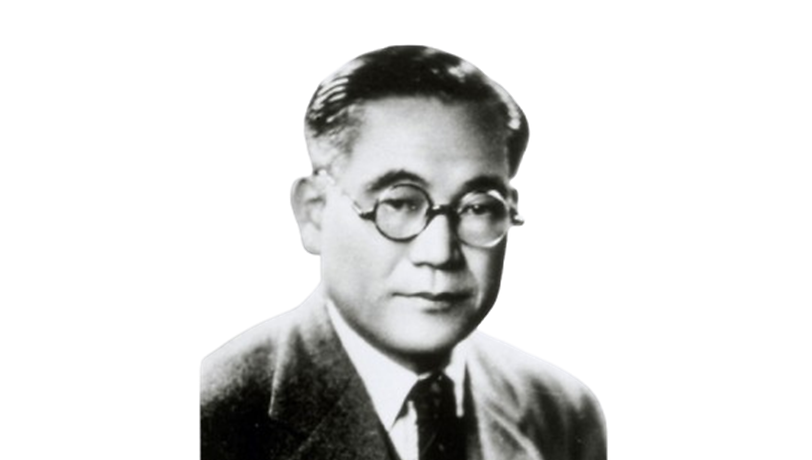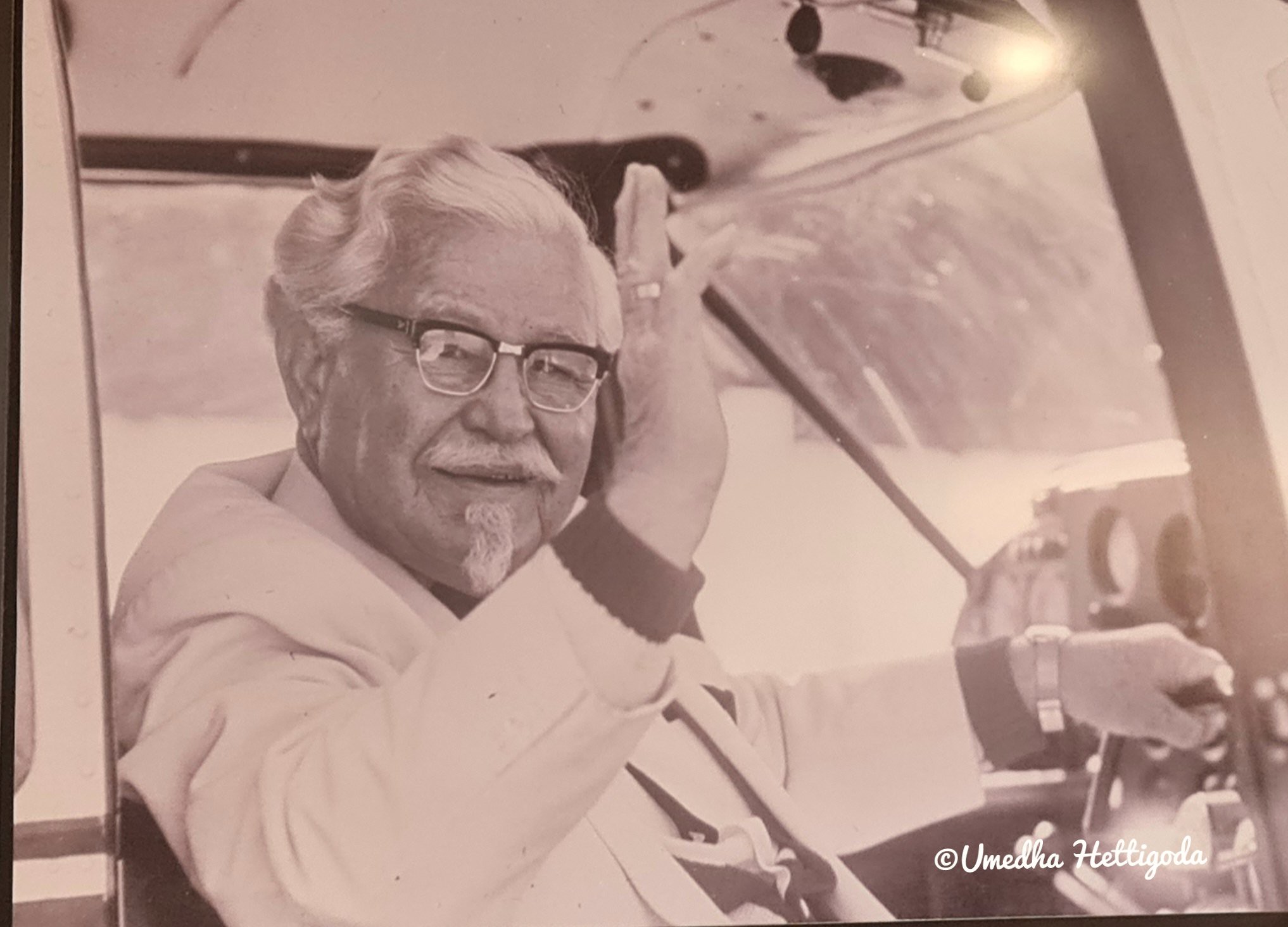What Made Kiichiro Toyoda's Journey from Looms to Cars a Legendary Success?
Toyota is one of the most recognized names in the car industry worldwide and one of the largest car manufacturing companies in the world as well. Its success is a story of vision, innovation and hard work, driven by a remarkable man named Kiichiro Toyoda. Let’s explore how Kiichiro Toyoda's leadership and vision turned Toyota into a global automotive giant.
Kiichiro Toyoda was born on June 11, 1894, in Japan. He came from a family that was already running a successful business in the textile industry. His father, Sakichi Toyoda, was a talented inventor and entrepreneur known for creating innovative weaving machines. Kiichiro grew up in this environment of creativity and business, which influenced his future career as well.
In the early 1930s, Kiichiro Toyoda decided to venture into a new field—automobiles. At that time, Japan was not a significant player in the car industry. However, Kiichiro saw an opportunity to change that. He believed that Japan could produce high-quality cars and compete in the global market. And as such, in 1937, Kiichiro Toyoda founded the Toyota Motor Corporation. The company was a spinoff from his family's loom-making business. He was determined to apply the same principles of innovation and quality that had made his family's textile business successful to the automobile industry.
Starting a car company in the 1930s was no easy job. Japan was still a developing nation with limited technological expertise in automobile manufacturing, which also posed many challenges to Kiichiro, including a lack of experienced engineers and insufficient resources. To overcome these challenges, Kiichiro focused on research and development. He understood that to compete with established global car manufacturers, Toyota needed to create high-quality and reliable cars. He invested heavily in developing new technologies and improving manufacturing processes.
Toyota's first car, the Model AA, was designed in 1935 and was put into production in 1936. It was a passenger car that was inspired by American and European designs. The Model AA proved to be a significant achievement for Toyota and marked its entry into the automotive market. The car was well-received for its quality and performance. It proved that Toyota could compete with established car manufacturers and set the stage for future success.
It was year 1939 and the World War II had begun, which left a profound impact on Toyota and its operations. During the war, the company shifted its focus to producing military vehicles and equipment. This period was challenging for Toyota, as the war disrupted supply chains and caused shortages of materials. With these many difficulties in his path, Kiichiro remained committed to his vision of building a successful car company. After the world war ended, Toyota faced the task of rebuilding its business and transitioning back to civilian car production.
In the late 1940s and early 1950s, Toyota began to recover from the effects of the war. The company focused on producing affordable and reliable cars that met the needs of ordinary Japanese people. One of the key models from this period was the Toyota Crown, which became popular for its quality and durability.
Toyota also invested in improving its manufacturing processes. Kiichiro Toyoda and his team introduced innovative techniques to streamline production and reduce costs. These improvements were crucial in helping Toyota compete with other automakers in the market. One of Toyota's most significant contributions to the automotive industry is its development of lean manufacturing. This approach, also known as the Toyota Production System (TPS), focuses on eliminating waste, improving efficiency and enhancing quality of the product.
The principles of lean manufacturing were developed in the 1950s and 1960s. They emphasized the importance of continuous improvement, employee involvement and just-in-time production. These principles helped Toyota produce high-quality cars at lower costs and became a model for other manufacturers around the world.
In the 1960s, Toyota began to look beyond Japan's borders to international markets for growth opportunities. The company started exporting cars to other countries, including the United States. This move was part of Kiichiro Toyoda's vision to make Toyota a global brand. Toyota's international expansion was a massive success. The company gained a reputation for producing reliable and affordable cars, which helped it build a strong presence in markets around the world. By the 1970s, Toyota had established manufacturing plants in several countries, including the United States.
Throughout the 1980s and 1990s, Toyota continued to grow and innovate. The company introduced several groundbreaking models, including the Prius, which was the world's first mass-produced hybrid car. The Prius demonstrated Toyota's commitment to environmental sustainability and technology. Toyota also became known for its deep focus on quality. The company's commitment to producing reliable and affordable cars earned it a loyal customer base and a strong reputation in the automotive industry. By the 2000s, Toyota had become one of the largest car manufacturers in the world.
But like any other company, Toyota has also faced challenges over the years. In 2010, the company experienced a major recall crisis due to safety issues with some of its vehicles. The recall involved over 8 million vehicles worldwide and was primarily due to issues with unintended acceleration and faulty floor mats. Drivers reported that their vehicles would unexpectedly speed up, leading to dangerous situations and, in some cases, accidents. Initial investigations suggested that the problem might be related to faulty floor mats, which could trap the accelerator pedal and cause unintended acceleration. The company faced legal costs, lost sales and a temporary decline in customer trust. This was a significant dent on Toyota's reputation and led to a decline in sales.
However, Toyota responded to the crisis with transparency and a commitment to addressing the issues. The company implemented new quality control measures and worked to regain the trust of its customers. This resilience and dedication to improvement helped Toyota recover from the crisis and continue its growth.
Kiichiro Toyoda's vision and leadership have had a lasting impact on Toyota and the automotive industry. His commitment to innovation, quality and continuous improvement laid the foundation for Toyota's success.
Kiichiro passed away on March 27, 1952, but his legacy lives on through the company he founded. Toyota continues to be a leader in the automotive industry, known for its cutting-edge technology, high-quality vehicles and commitment to sustainability.
The success story of Kiichiro Toyoda and Toyota is a remarkable example of vision, perseverance and innovation. From its humble beginnings as a textile company spinoff to becoming a global automotive giant, Toyota's journey reflects the determination and ingenuity of its founder.
Kiichiro Toyoda's dedication to building high-quality cars and his focus on continuous improvement set Toyota on a path to success. Today, Toyota remains one of the most respected and influential car manufacturers in the world and its story continues to inspire future generations of entrepreneurs and innovators.
If you found Kiichiro Toyoda’s inspiring journey and Toyota’s remarkable story as fascinating as we did, please let us know! Your likes, comments and shares help us bring more stories of innovation and success to light. If this story motivated you, don’t hesitate to spread the word and connect with others who might be inspired too. Thank you for your support!












